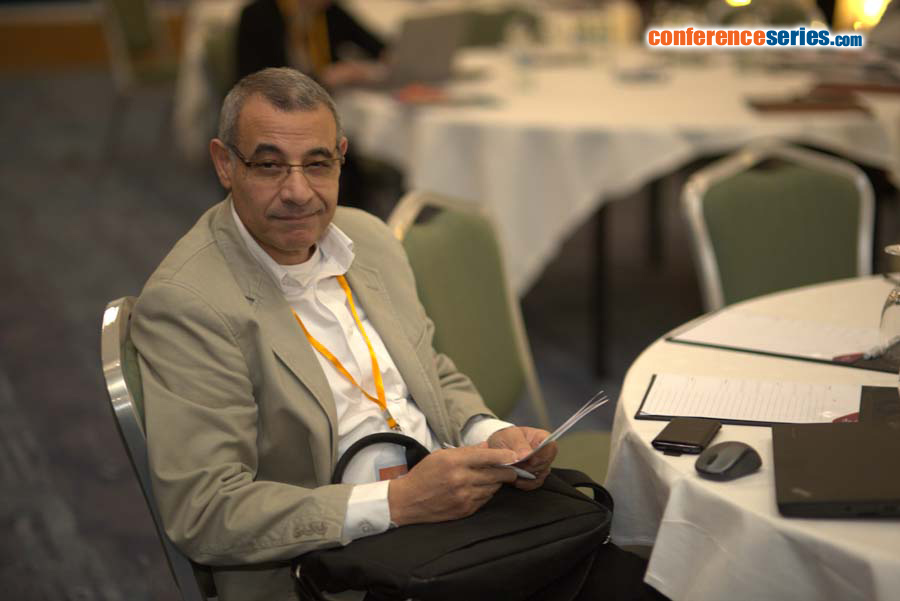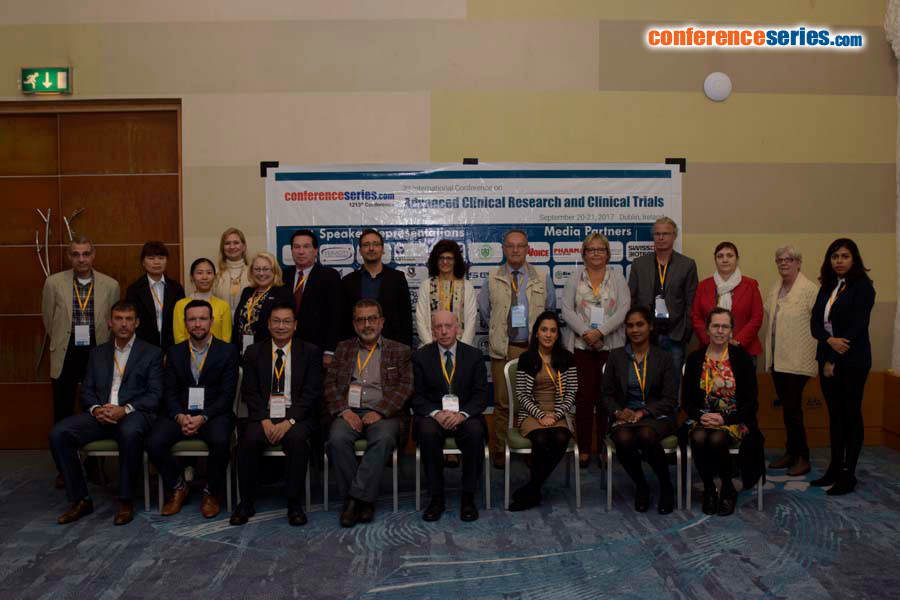
Khalid Abou Farha
Clinical Pharmacology Research Centre, UK
Title: Muller's manoeuvre, potential non-pharmacological bronchodilator relevance in clinical trials
Biography
Biography: Khalid Abou Farha
Abstract
Background: Many respiratory clinical trials include sputum induction using hypertonic saline to evaluate airway inflammation and monitor treatment response. Inhalation of hypertonic saline may cause bronchoconstriction that necessitate discontinuation of the procedure and administration of bronchodilator therapy such as salbutamol. Müller’s manoeuvr is a technique used in the diagnosis of sleep apnoea syndrome. The associated physiological response includes increased sympathetic flow and withdrawal of parasympathetic activity. Given that, we hypothesized that this manoeuvre might exhibit a bronchodilator effect and therefore could be beneficial in patients with bronchospasm.
Patients & Methods: The potential bronchodilator effect of Müller’s manoeuvre has been assessed in 10 patients with moderate to severe COPD, who underwent sputum induction procedure, and 9 healthy non-smoking subjects. The latter group has been included to explore the airway response to the manoeuvre in healthy individuals. The manoeuvre (voluntary inspiration against closed nose and mouth) was explained to all participants. Pre- and post- manoeuvre assessment of 4 spirometry parameters, FVC, FEV1, PEF and PEF25-75, has been performed. Assessment of post manoeuvre changes has been performed over 25 minutes and divided into 4 intervals of 5 minutes, A to D.
Results & Conclusion: Sputum induction resulted in asymptomatic bronchoconstriction with >20% decline in FEV1, FVC and PEF, compared to baseline (BL). The use of Muller’s manoeuvre led to an increase in the means of declined values (P<0.01%). Figure 1 depicts s Müller’s manoeuvre - induced changes in the means of assessed parameters, compared to post sputum induction (PSI). FEV1 of all 10 patients returned to ≥ 90% of their BL without the use of pharmacological bronchodilator. In healthy volunteers the average changes due to Müller’s manoeuvre relative to baseline values were + 101 ml (+ 2.5%), + 118 (+ 3.5%) and 170 ml (+ 4.7%) respectively in FVC, FEV1, and PEF. Muller’s manoeuvre showed a potential bronchodilator effect and could reverse PSI bronchoconstriction in 10 COPD patients. The use of this manoeuvre obviated the requirement to use bronchodilator therapy in all 10 patients, and therefore might be potential alternative to B2 agonists in COPD cardiac risk patients participating in clinical trials. Further investigations to confirm this finding are still warranted.






